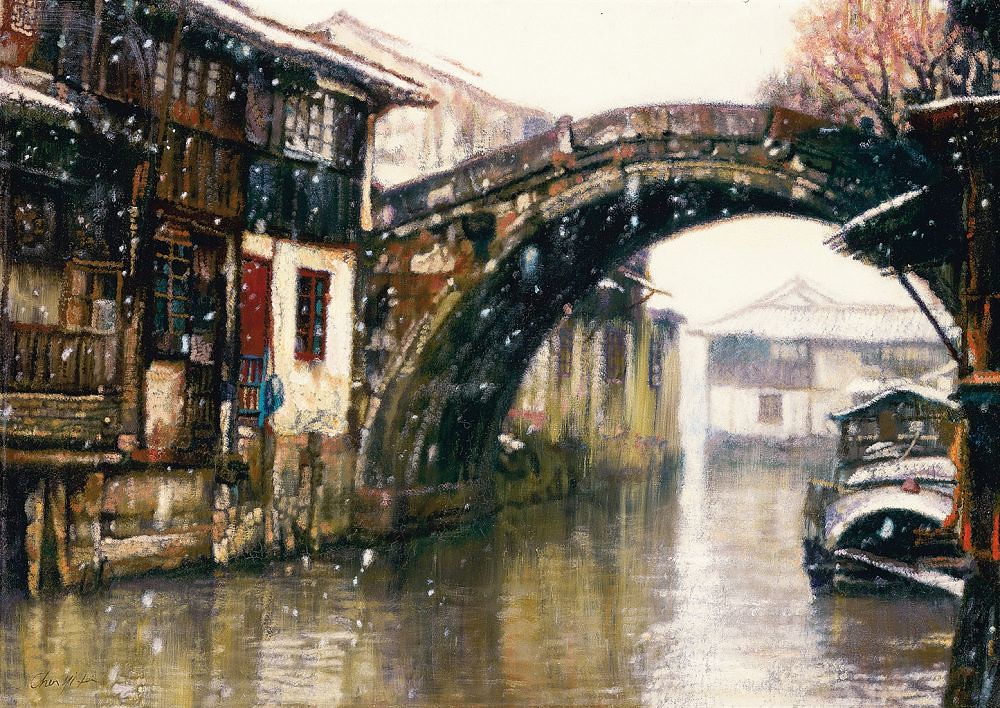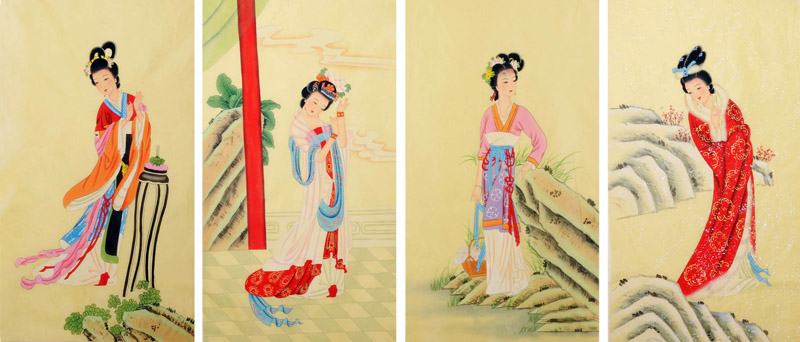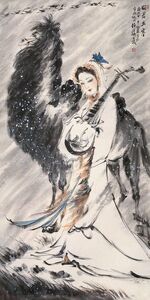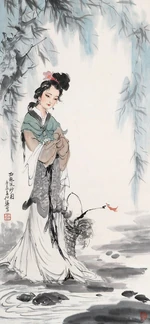我的喜好是中国电影。中国电影有很多漂亮的女演员。
In Chinese movies, there are a lot of pretty actress wearing cheongsam.
In Chinese movies, there are a lot of pretty actress wearing cheongsam.
她们穿着漂亮的旗袍。她们穿了旗袍后很迷人。
They look very attractive in Cheongsam.
They look very attractive in Cheongsam.
旗袍是中国传统服饰. 旗袍于20世纪20年代出现在上海。
Cheongsam is a traditional Chinese dress. Choengsam was created in Shanghai in 1920s.
Cheongsam is a traditional Chinese dress. Choengsam was created in Shanghai in 1920s.
我喜欢红颜色的旗袍。在新加坡我买了一件红色的旗袍。
In Singapore, I bought a pink cheongsam.
In Singapore, I bought a pink cheongsam.






















